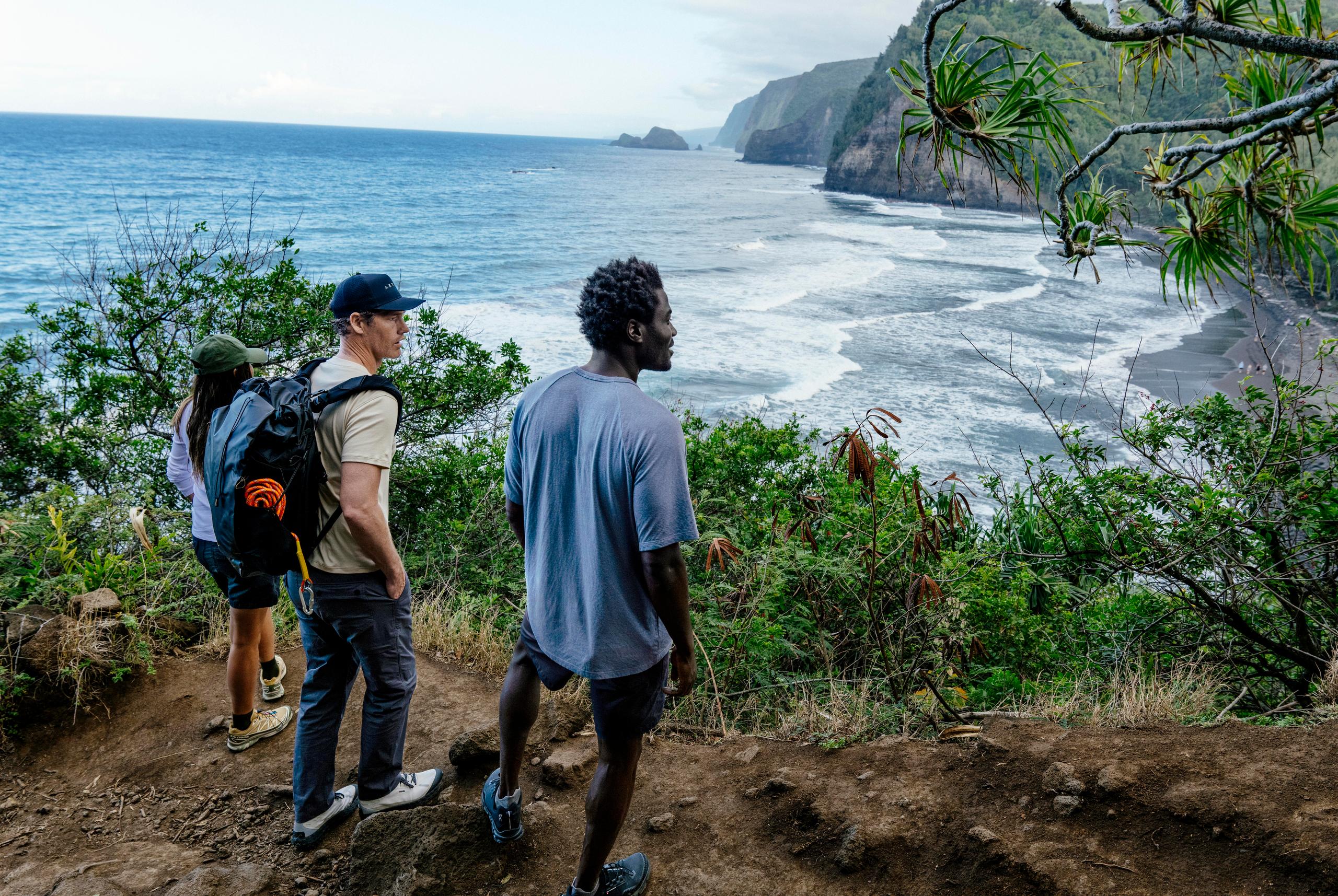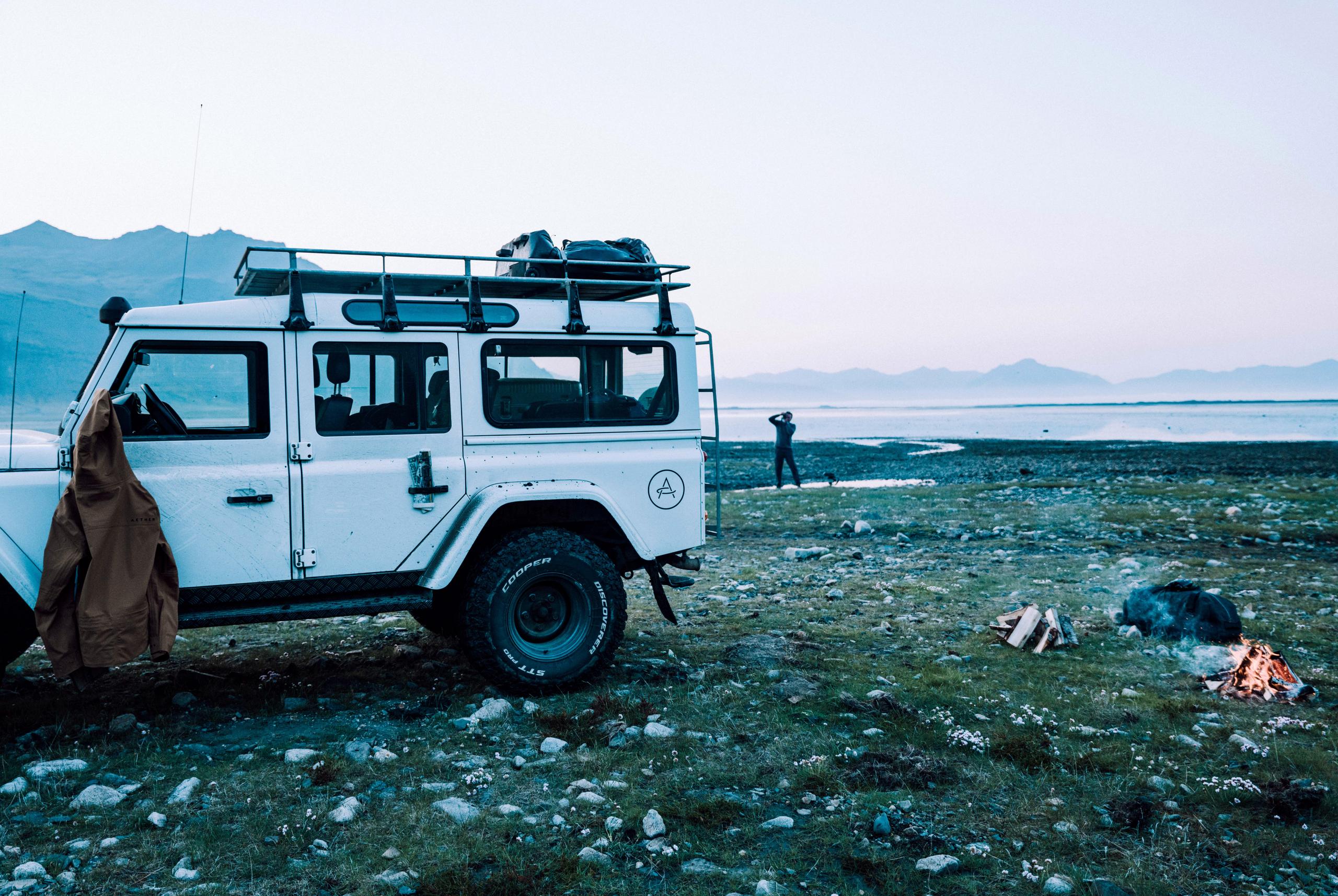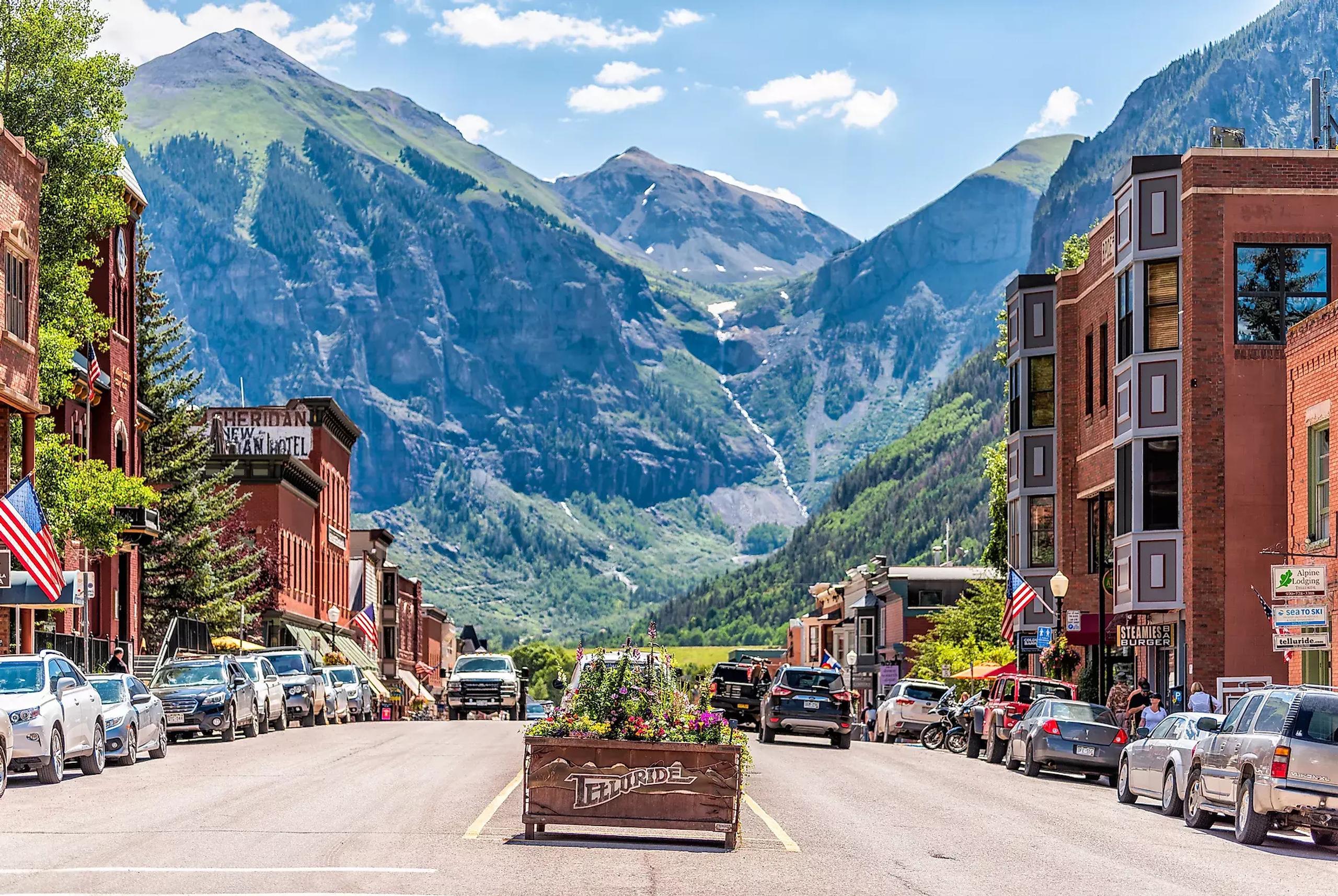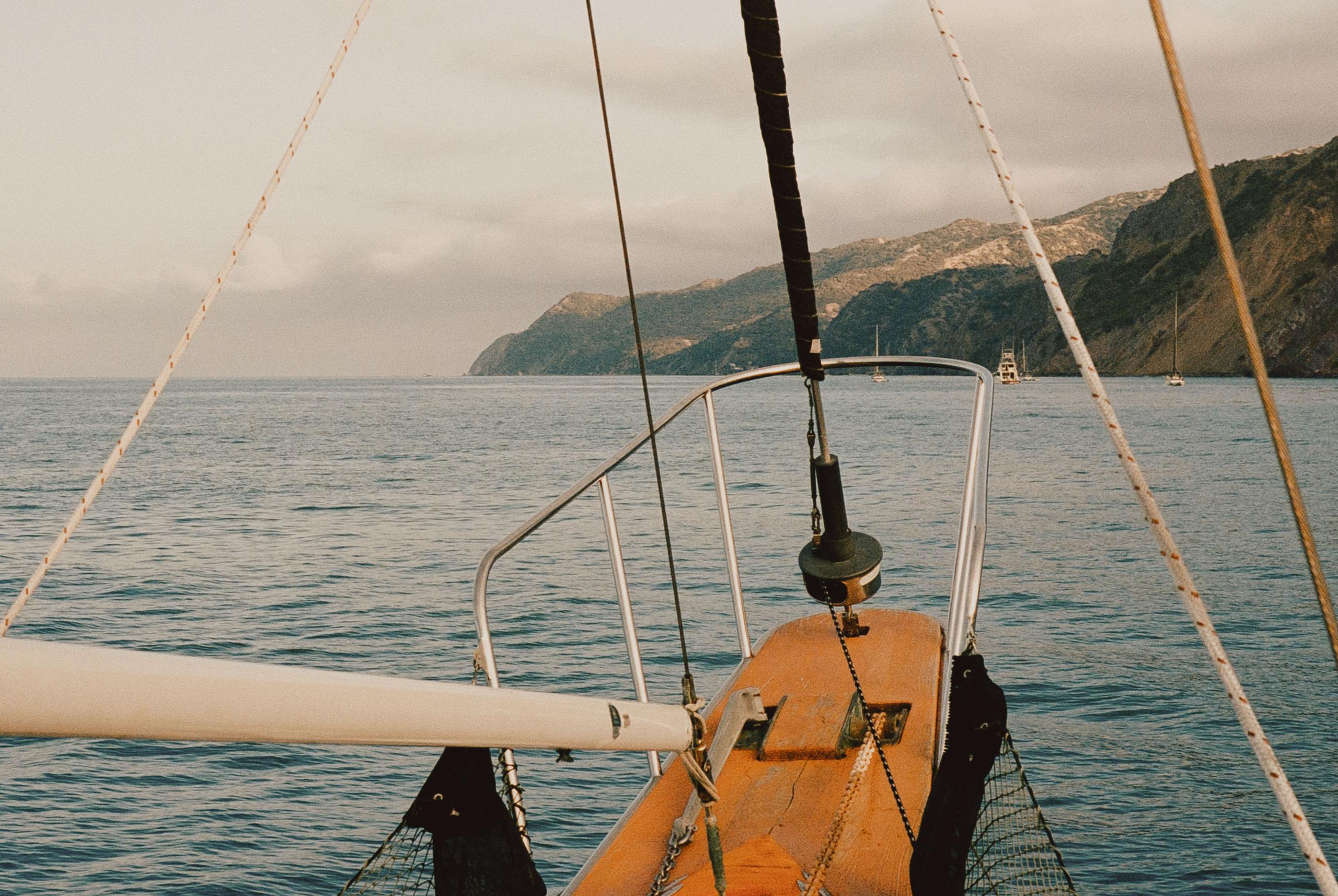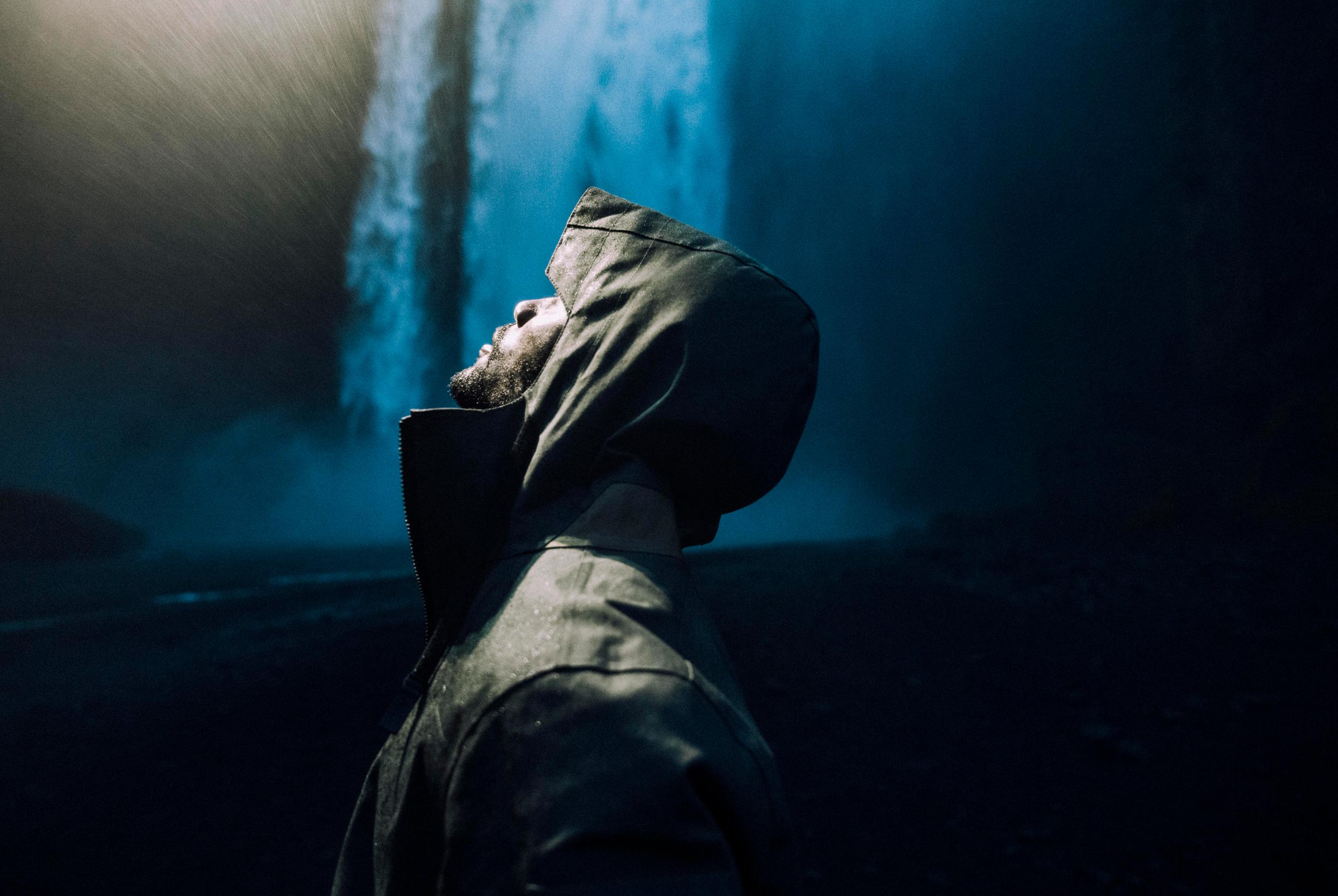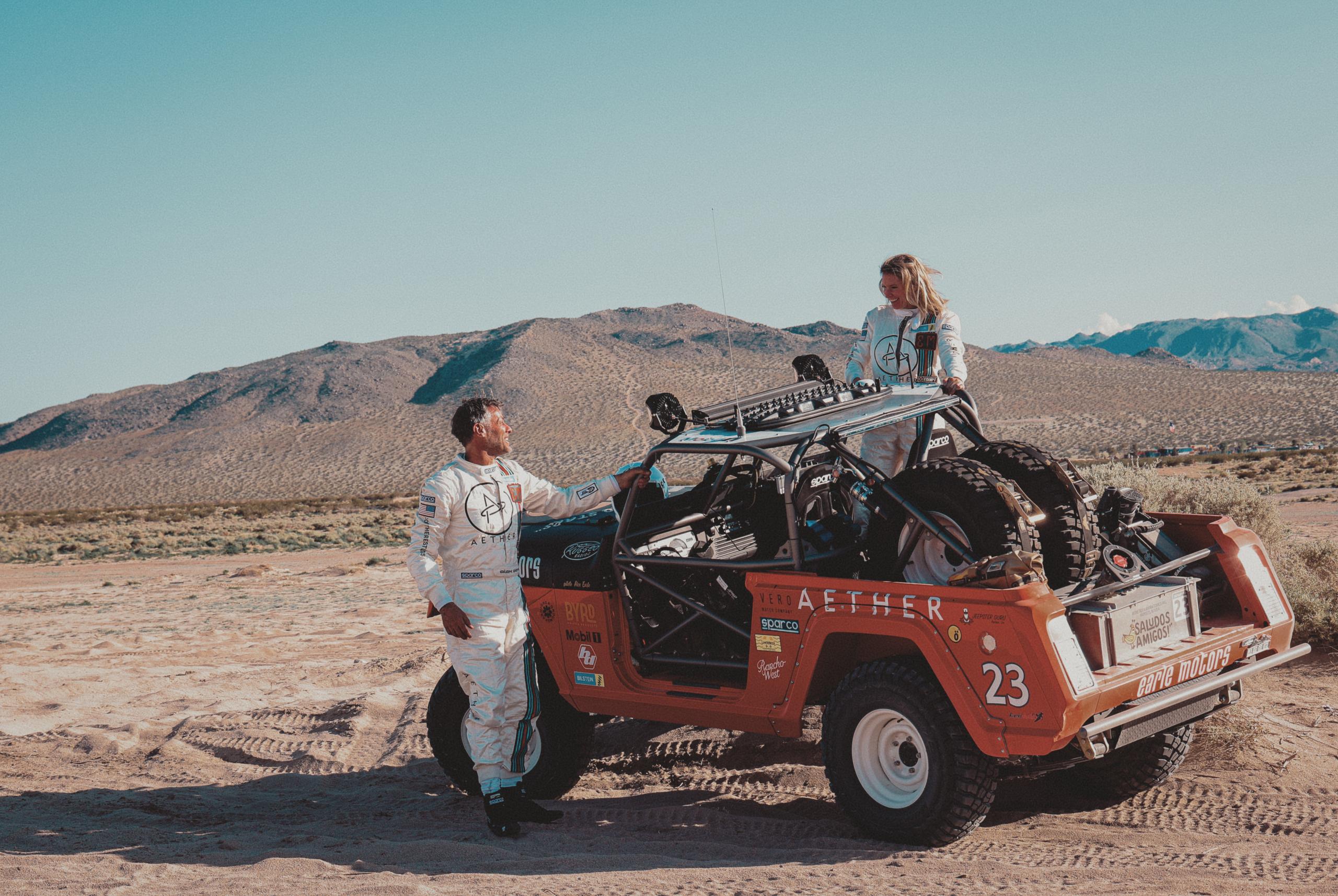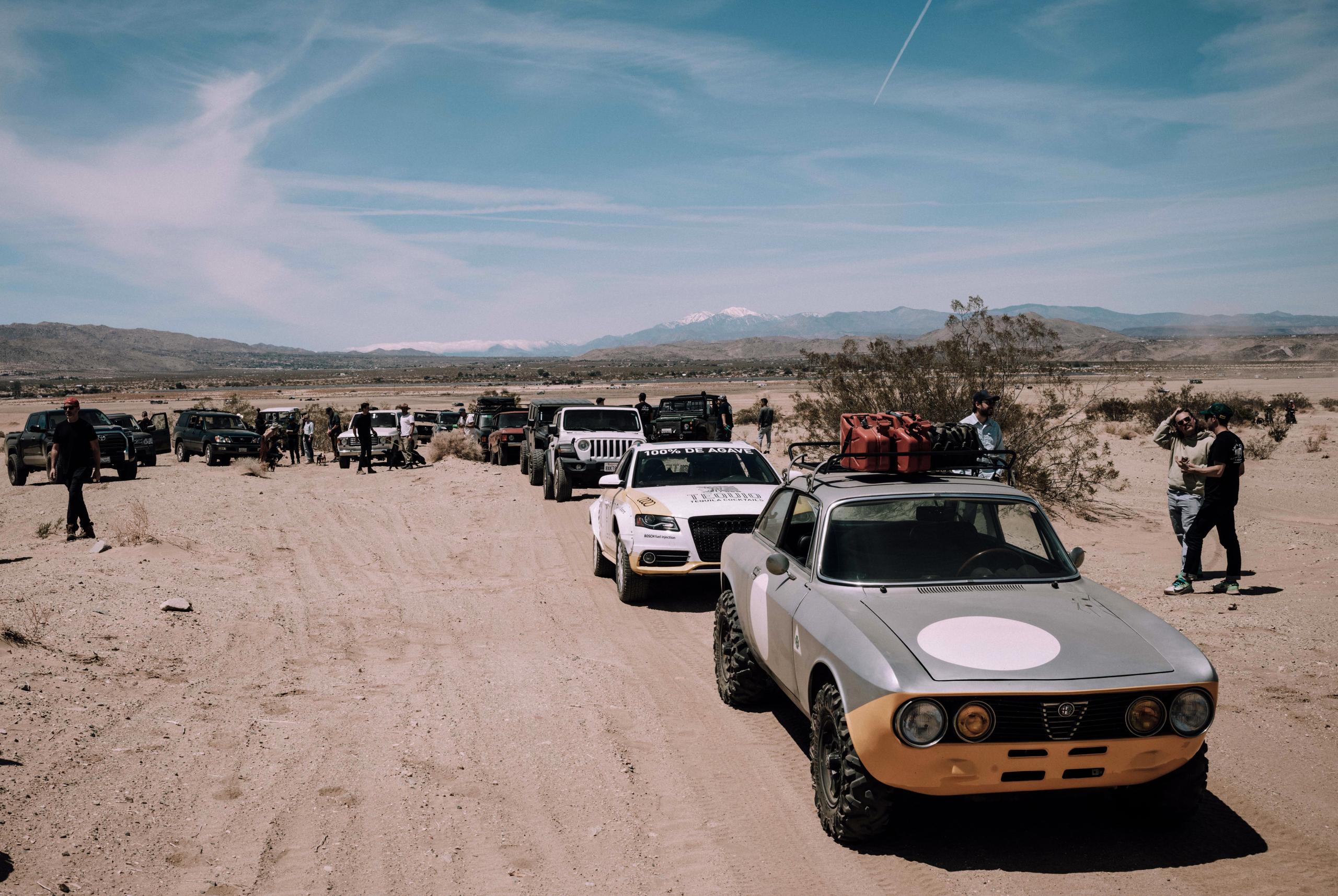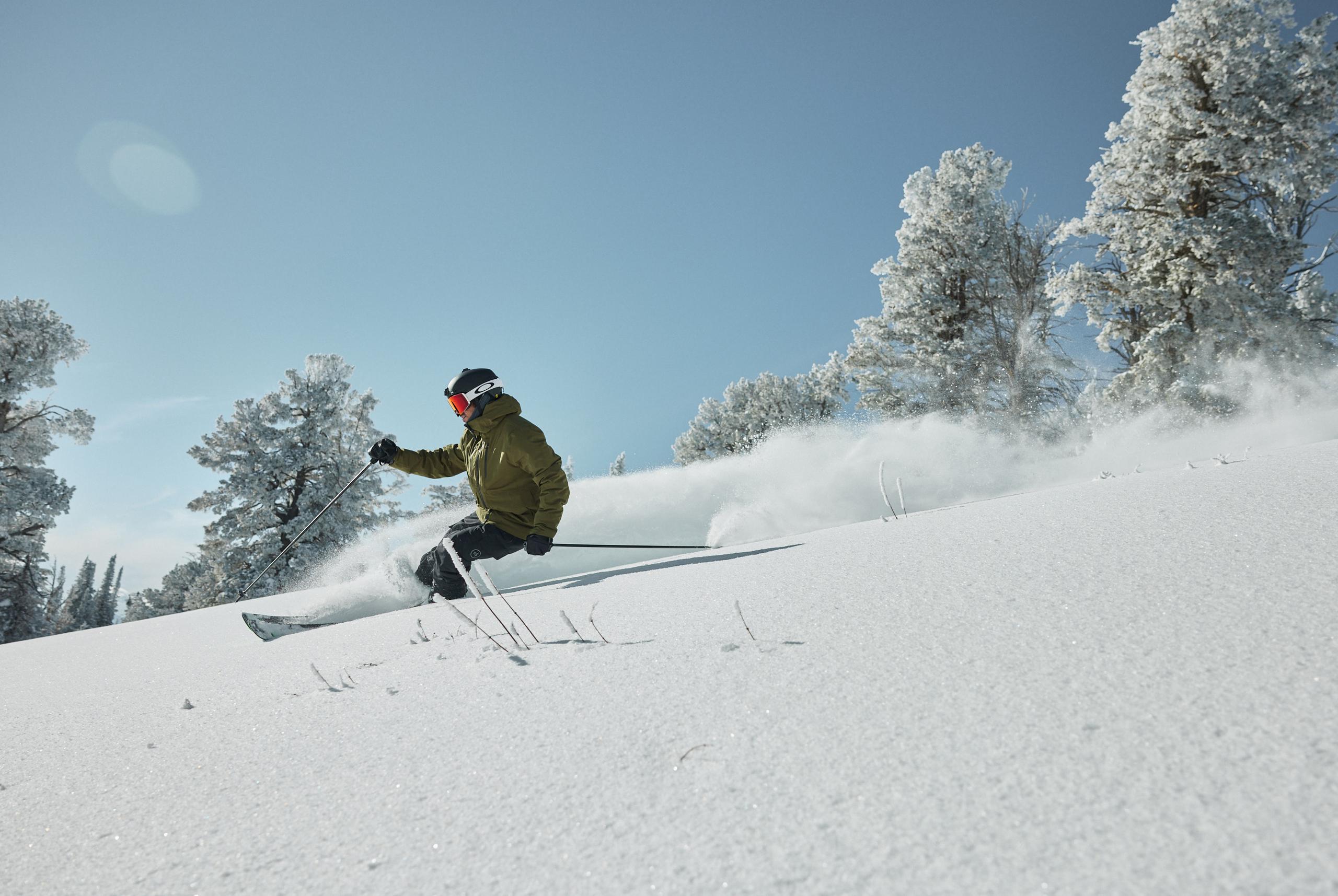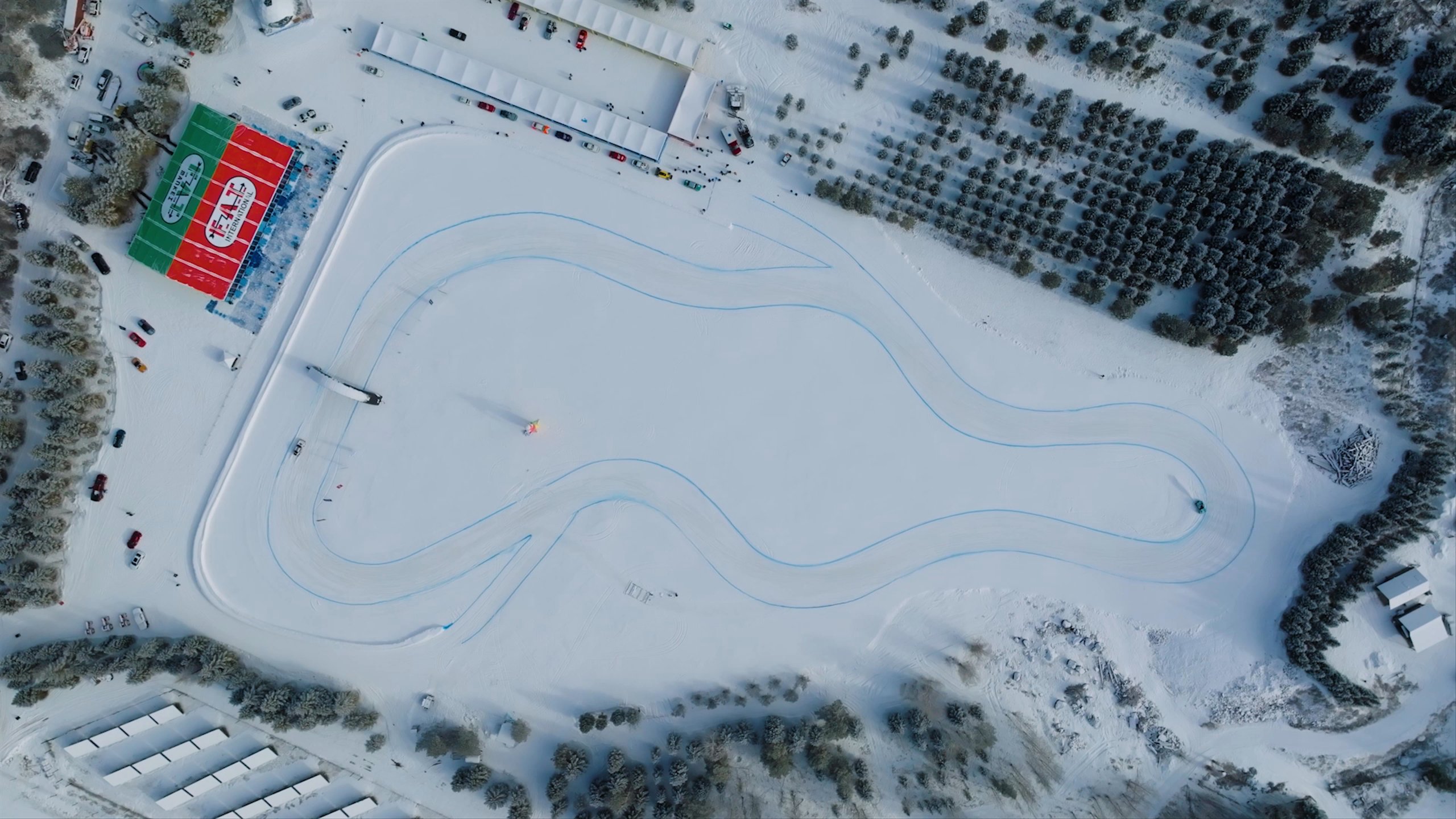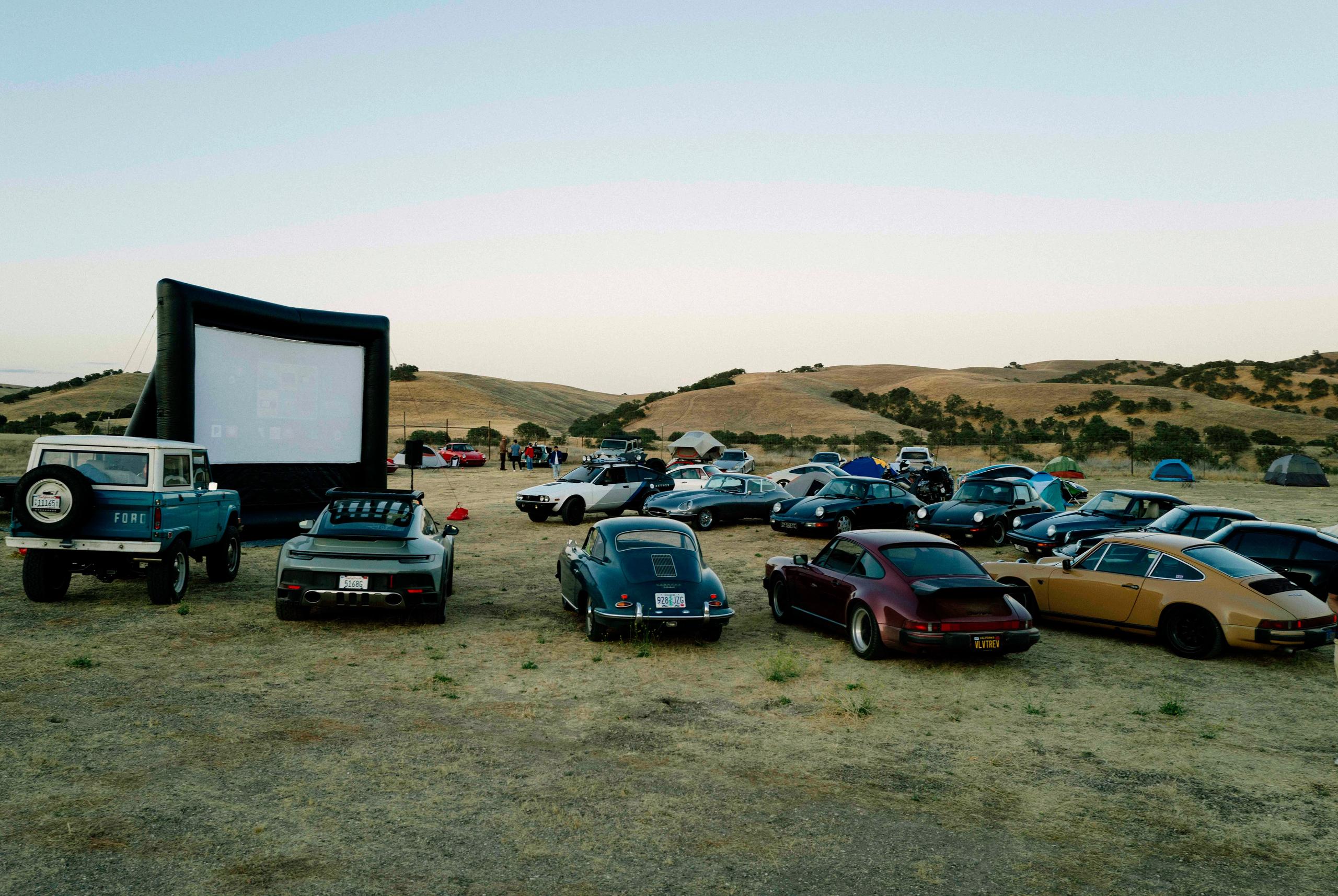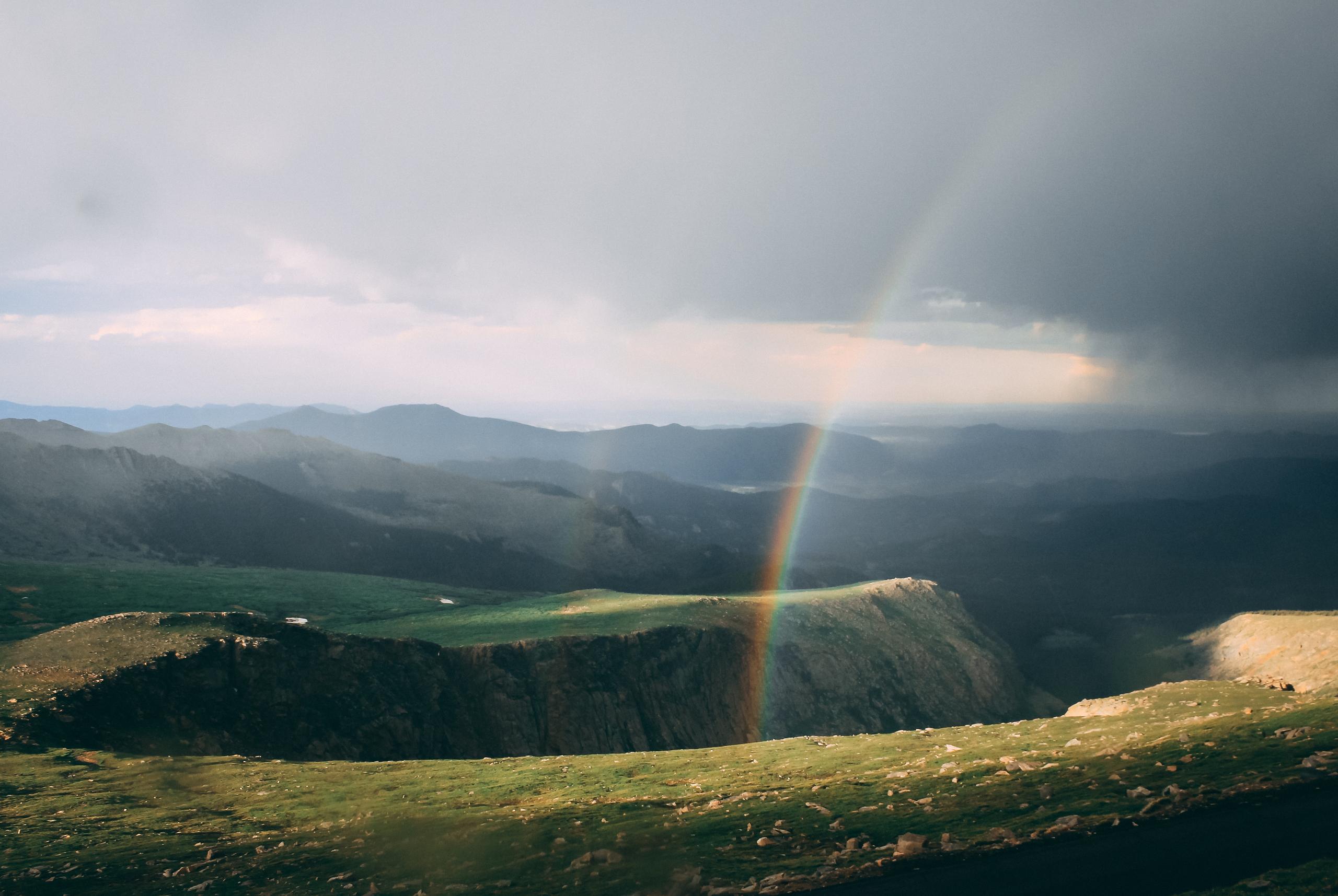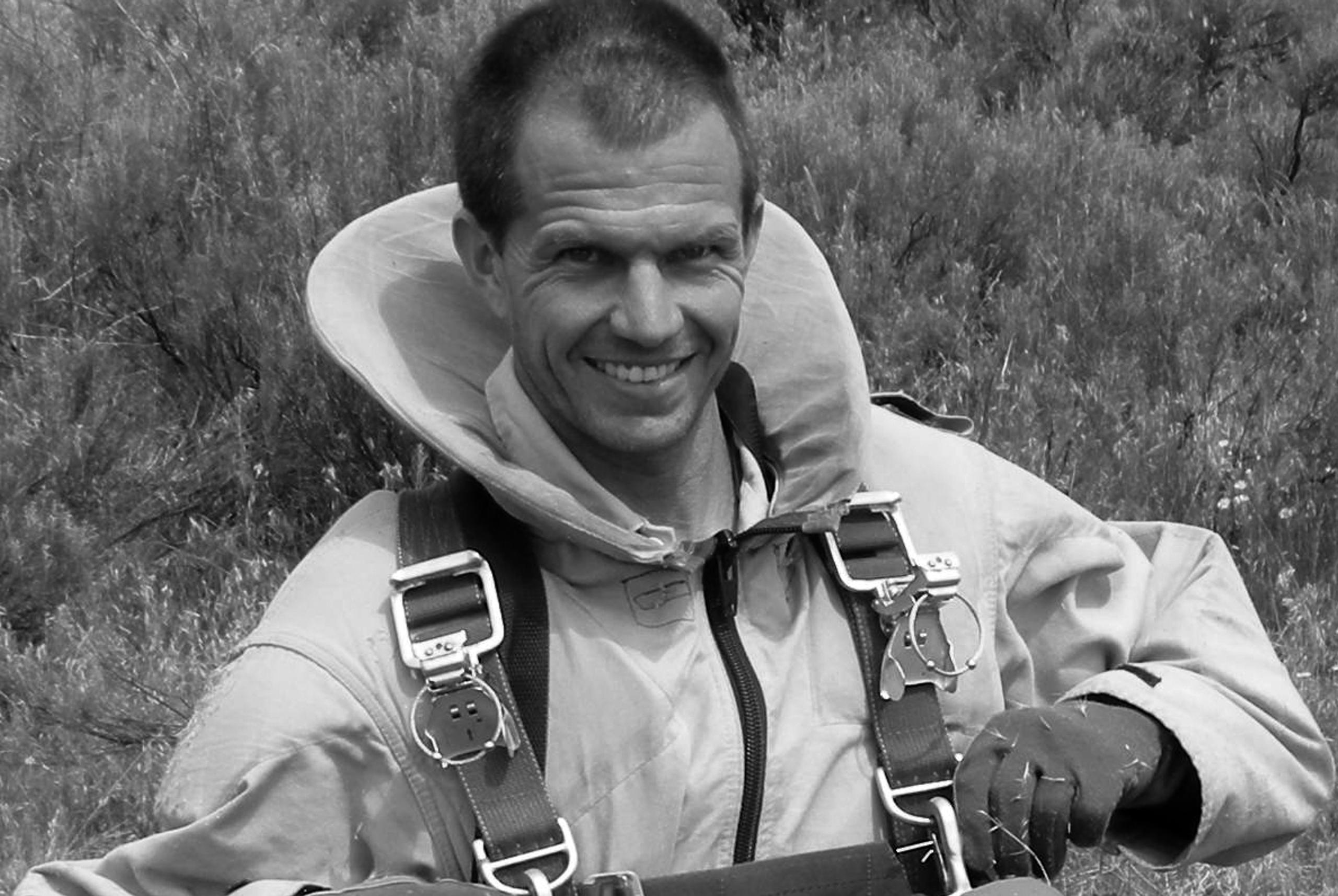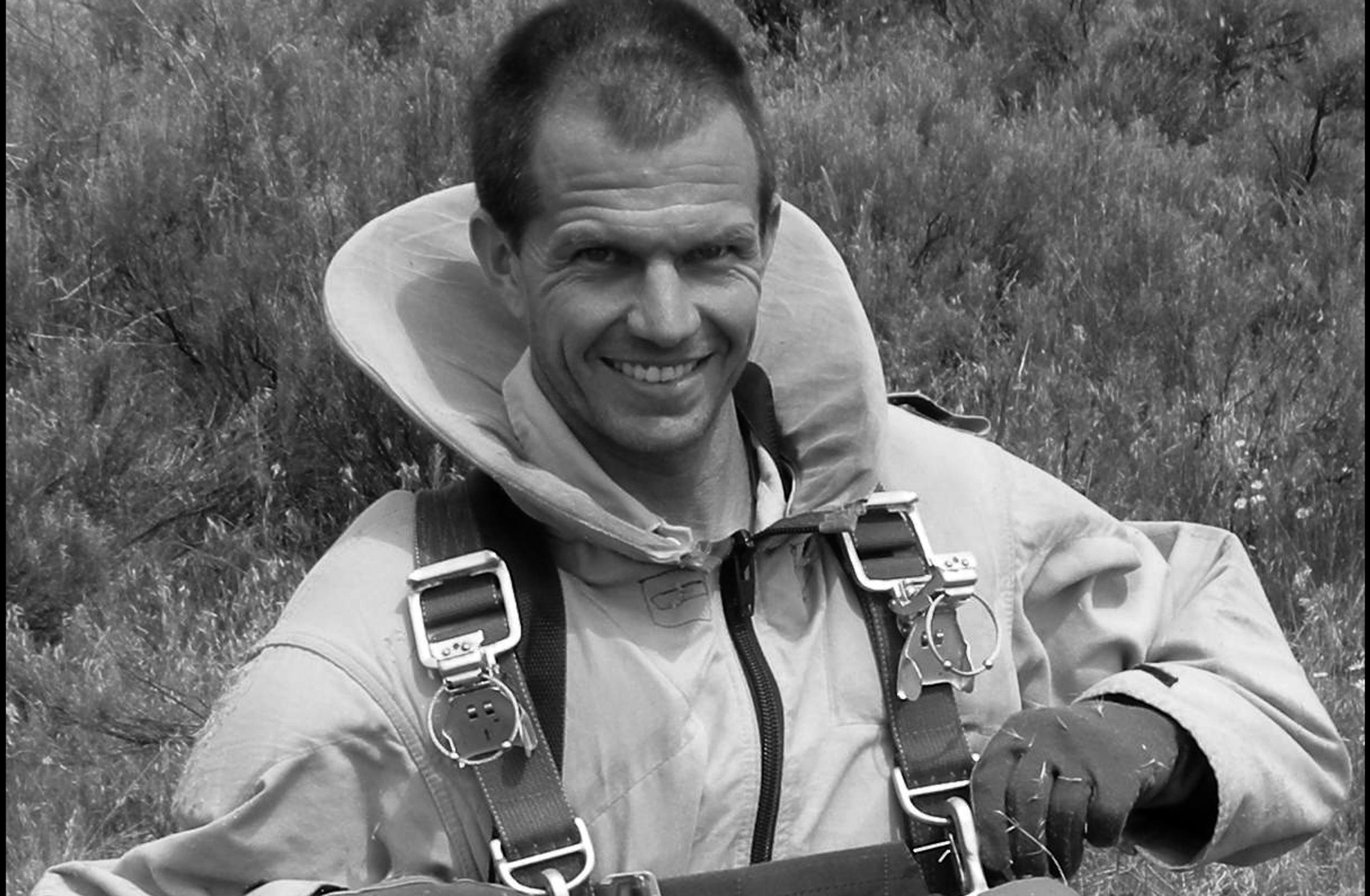
Smokejumpers: The Unsung Heroes on the Front Lines of the Wildfires
Since the 1970s, wildfire season in California and the Western states has become on average two-and-a-half months longer. It is an ominous and expanding block in the calendar for rural communities, as each season takes lives, homes and sometimes entire towns. Environmentalists too are beginning to grapple with the environmental impact of these fires, after it was found that the greenhouse gasses emitted from the California fires in 2020 alone was akin to 24 million vehicles, and almost twice as much as the state’s total CO2 reductions made in the past 20 years. ↓

It’s not an exaggeration to say that managing and preventing wildfires is an imperative for all of us.
One lesser known but critical tool for stopping fires before they spread is a group of elite firefighters known as smokejumpers. This small band of specially-trained firefighters parachutes into remote and rugged terrain to extinguish or contain the forest fire as quickly as possible, limiting the damage to the surrounding forest and any neighboring communities.
“The objective of a smokejumper is a quick initial attack,” said Chuck Sheley, a retired California smokejumper with 34 seasons of fighting wildfire under his belt and editor of Smokejumper Magazine. “We aim to keep the fire at one acre and as soon as the ground pounders (traditional firefights) get in there, we turn it over to them.”
The inherent danger and requirement for peak physical fitness and decision making skills often leads to smokejumpers being compared to Navy SEALs, though the jumpers actually predate the iconic special ops forces and number far fewer. ↓
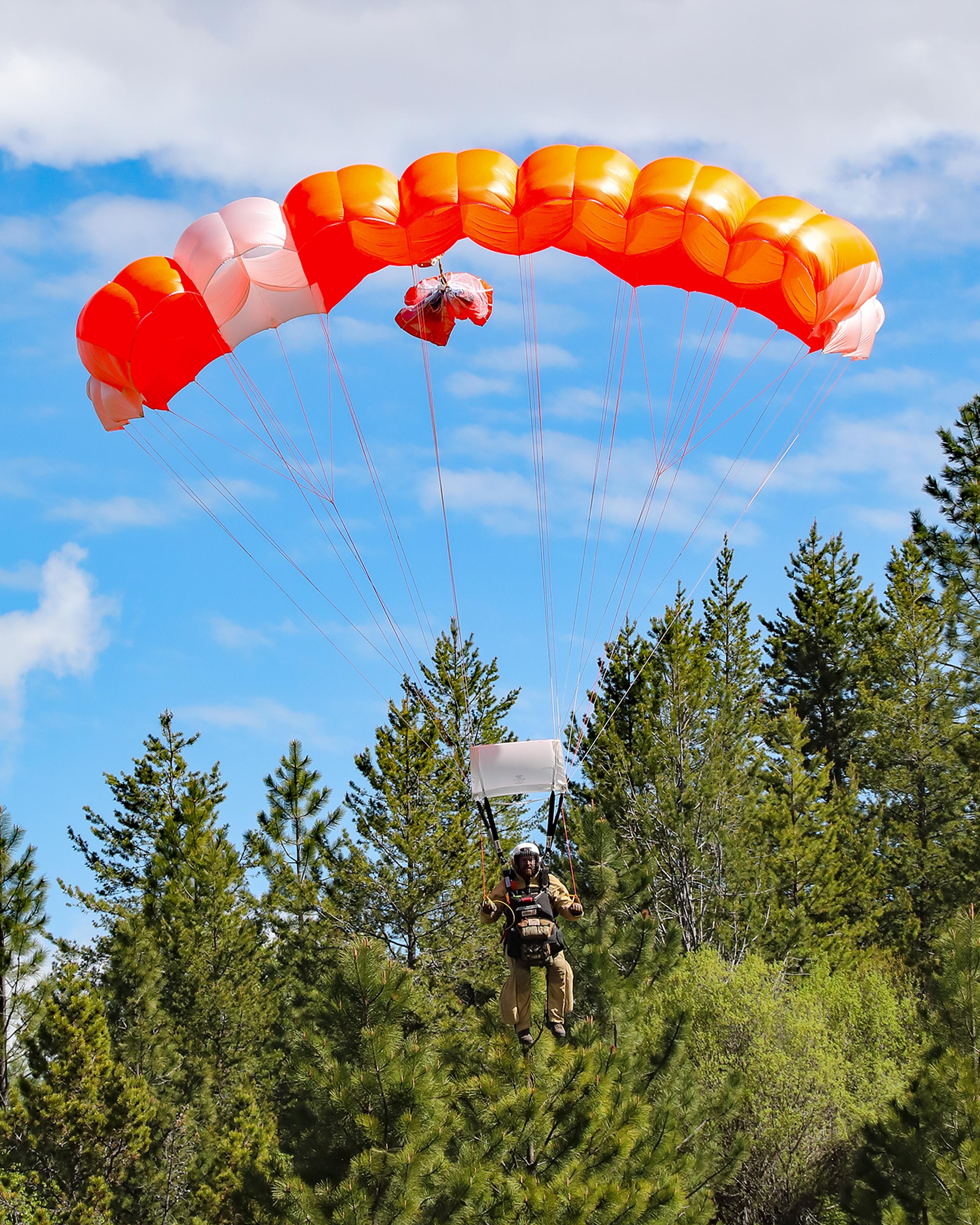
After World War I, the US Forest Service started using airplanes for early phase fire detection. The Aerial Experimental Project was established to trial using then-innovative chemical and water bombs to put out fires, though they were reportedly ineffectual and posed risks to the firefighters, so the primary objective was changed to parachute jumping research. The first reported jump was in the Nez Perce National Forest in Idaho in 1940, and shortly afterwards smokejumpers became part of the war effort when a Pacific Northwest team was dropped in to extinguish fires started by Japanese balloon bombs.
Chuck Sheley started firefighting in 1957 before his final year at Chico State in 1959 and would begin jumping shortly after. The former track and field coach estimates that over the years, as a Type II Crew Coordinator, he has trained more than 4000 firefighters, though only a small number—just 1 in 15 applicants—go on to become smokejumpers given the danger and greuling fitness requirements.
“When I started smokejumping in the 50s the hiring requirements were not very stringent,” he laughs. “Nowadays, things have changed. You have to have five seasons of firefighting minimum. But the standards of physical fitness have always been extremely high.”
Given the high stakes and responsive nature of the job, smokejumpers need to be ready to suit up and board a plane in a moment’s notice. When the bell rings, teams have about five minutes to suit up in their safety gear, which includes enough food, water, and supplies for 48 hours in the mountains.
“When you hit the airplane, your heart's beating about 10,000 beats an hour!” says Sheley. ”You're sitting there wondering, ‘What's it going to be? Is it going to be a high mount meadow where we can go fishing after the fire? Or is it going to be a lot more dangerous, what we used to call a gobbler?’”
“I remember times when we were in Alaska, and we’d look out the window and we could see a smoke column from 70 miles away,” he continues. “That’s when your mindset changed. You knew you were in trouble.”
Upon landing in the forest, jumpers use chainsaws, crosscut saws, and hand tools to create a fuel break that prevents the fire from spreading. When the jump crew has put out the fire, they use hot ash and mineral soil to dissipate any lingering heat. The team gets down and dirty, touching the soil by hand to make sure there is no danger of a reignite after all visible smoke has been extinguished. ↓
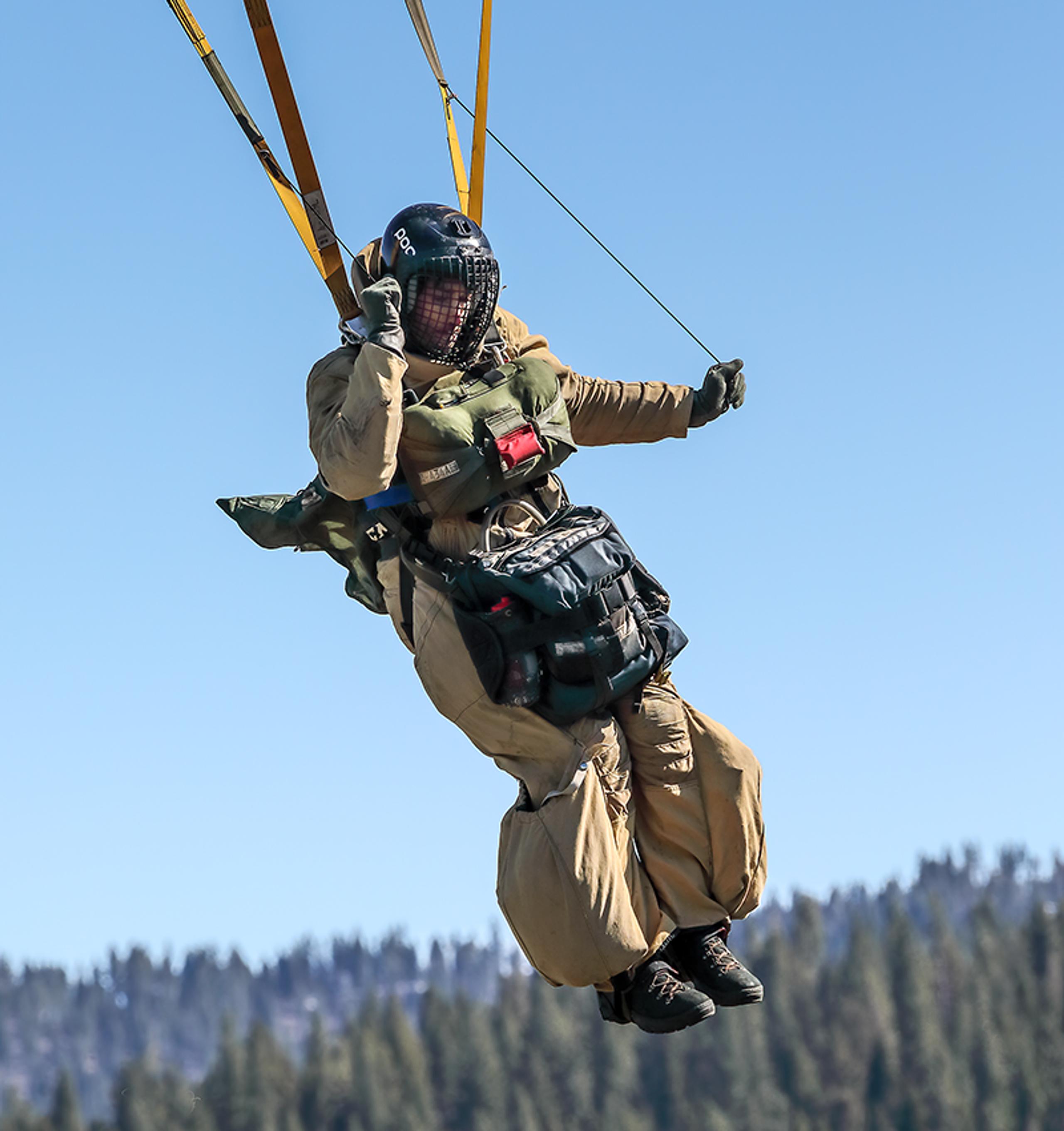
While deaths are relatively rare (Smokejumpers Magazine reports that 32 smokejumpers have died in 84 years), the dangers of parachuting from a plane into an uncontrolled wildfire are numerous. Aside from the fire and smoke inhalation, the risk of falling trees and poison oak rank smokejumping among the most hazardous jobs.
And it’s becoming more hazardous each year. The dryer the land the more susceptible it is to uncontrolled wildfires, and despite the importance of the dangerous and highly specialized role that these firefighters play, they are not compensated adequately. The average salary of a smokejumper is just over $65,000 per year, roughly in line with that of a restaurant manager.
“We used to have fire seasons and now we have fire years, and I think it’s our firefighters that are paying the price for that,” said Vicki Minor, founder of the Wildland Firefighters Foundation, whose organization provides support for firefighters who get injured or to their families if they pass away on the job. ↓
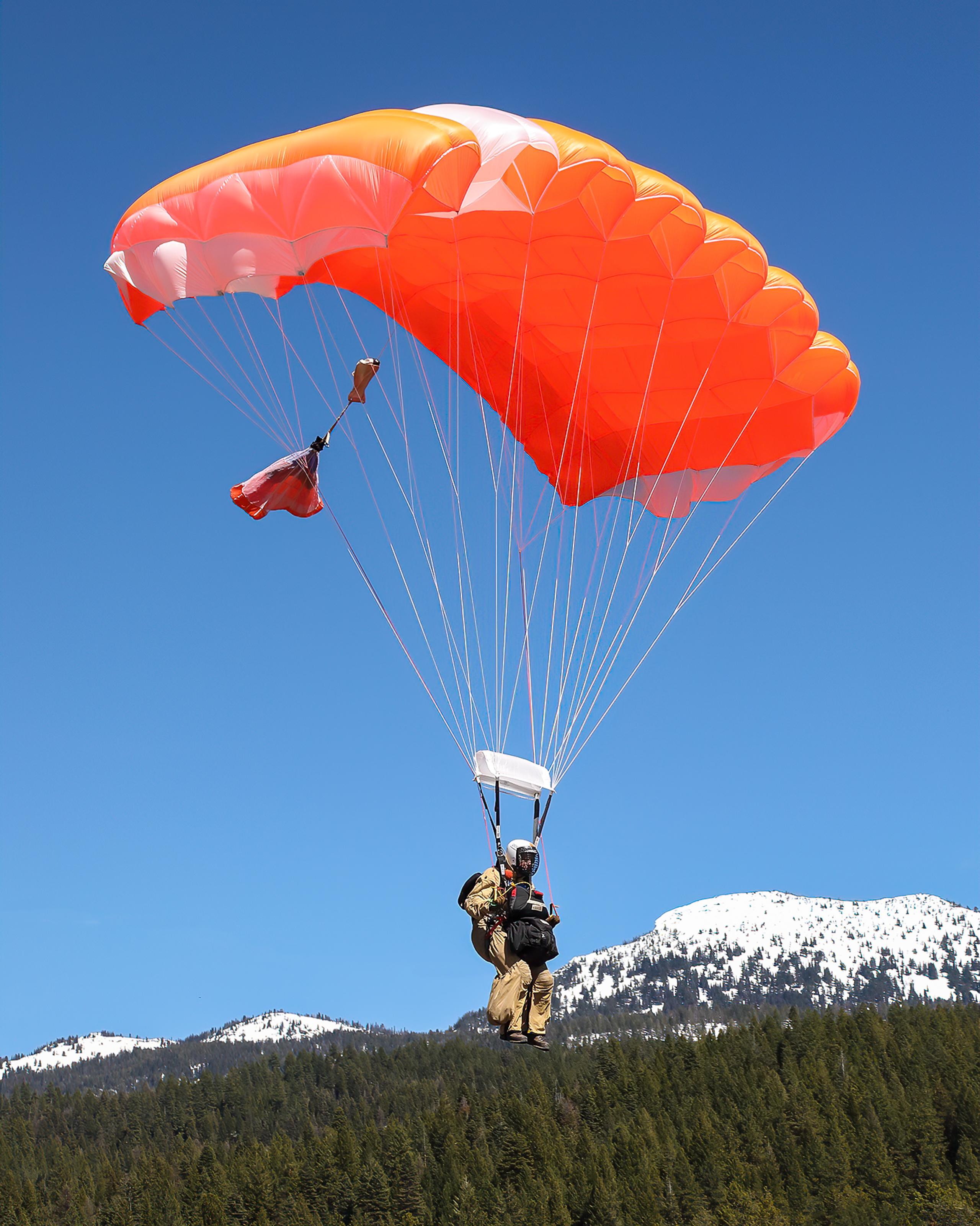
As passionate advocates of the land, the environment and rural communities, AETHER has the utmost respect for the work that smokejumpers do.
We’re going to be donating some technical outdoor wear to the National Smokejumper Association in support of their efforts as part of an ongoing partnership with these vital stewards of the great outdoors.
These brave men and women willingly plunge into danger to protect the land that we all love, and when they do their jobs well, no one hears about it. This quiet, selfless act of environmental service is inspiring and deserves to be celebrated.
–
Support will grow over time, we’ll be building and bringing more attention to these heroes.



